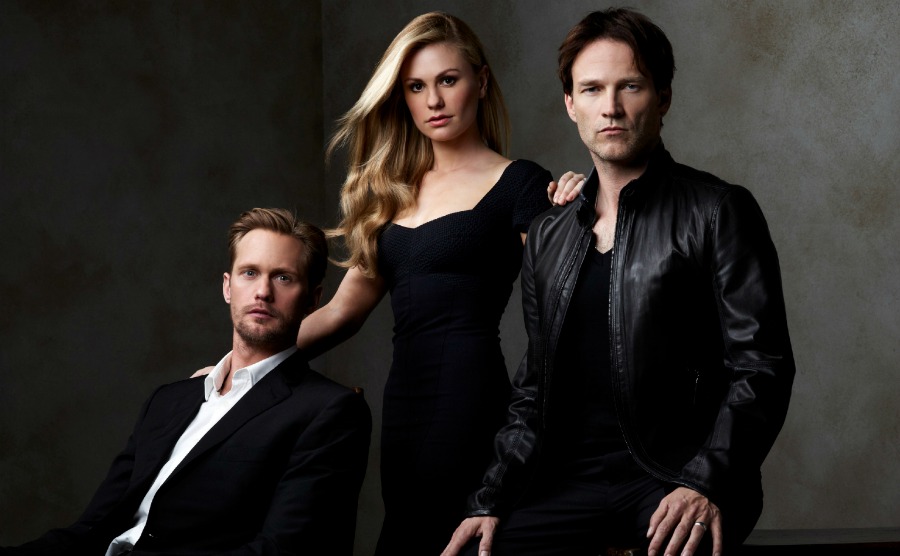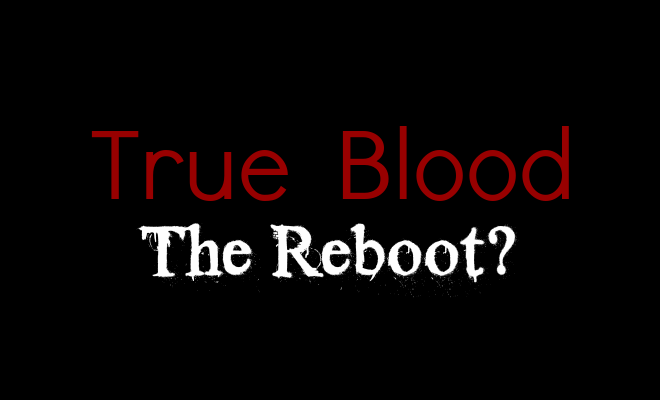Mythology: Faery Physiology and Abilities
Faeries are always changing as they are pure energy. When we encounter Faeries our minds tend to give them physical presences we understand. They are the most pure expressions of nature. In his landmark book The Secret Commonwealth of Elves, Fauns and Faeries (1690) Robert Kirk wrote:
Faeries are of a middle nature betwixt man and angel…they have light,
changeable bodies…so pliable they can appear or disappear at their
pleasure..
William Butler Yeats, poet, folklorist and mystic, was of the opinion:
The Fae have no inherent form but change according to their whim or based
on the form of the mind witnessing them. You cannot lift your hand without influencing
or being influenced by the Faery folk.
As we are introduced to the Fae in the world of Charlaine Harris, we can take note that Claudine can do just that, change her appearance at will.
Usually, if you ask people what Faeries look like, you get responses like: Tinker Bell, or the ubiquitous garden gnome or dwarfs or elves. But the most noted feature of the Fae are the wings.
Faerie wings are made of shifting light, emotion and energy. Faerie wings are not necessarily used for flight like birds or insects. They are instead expressions of the etheric or magikal forces running through their bodies.
Just as humans speak of the eyes as windows of the soul, it is doubly so for the Fae. They not only reveal their true inner nature, but reflect back to you your own unique nature, whether it be for bad or good. They gaze at us from the depths of the universe.
Sometimes, the Fae have horns. These horns or antlers are an expression of their deep connection to mythology, and all the wisdom and magik that is a part of the mythology. The Faeries who sport horns are shamans, hunters, magik workers, and the kings of their realm.
Faeries sometimes have unusual anatomical features. Sometimes it is a matter of color, like red ears. Sometimes they are outsized, like large ears (and notoriously large male members: Viking Vampires are not the only ones who are gracious plenty). They may have animal features, such as donkey or goat ears, bird or goat feet, or, as in the case with dwarfs of Norse legends, their feet may face the other way around.
Faerie size is a hotly contested issue. Some scholars of Faerie lore say there is no truth to the stories of the diminutive Faerie, that the Fae are regular or human size. But just as humans come in all shapes, colors sizes and cultures, so do the Fae. Some are ordinary human size, some are giants and others are as small as an ant.
Mystic heads or unusual heads are extremely symbolic in Faerie lore. Faeries often appear standing or sitting on the head of another Faerie. They might also have animal heads or more than one head. And because they exist in something of a middle kingdom, they are often seen peering between things: between books, between the floor and the bed, from between tree roots and under rocks. The head is important in Celtic thought because it is the repository of the soul, unlike the Egyptians who believed it was the heart.
The Fae also transmit an aura (so do humans for that matter) which sometimes dazzles the humans who sees it. Sookie sees her Faerie Great Grandfather’s aura.
The Fae communicate with us in various ways: The can speak directly to us. They can think or telepath to us. They can be tricky and sing us songs with messages or ask us riddles, depending on their mood.
Faeries can perform feats of healing through magik and herbal knowledge. Faeries can also harm. They may cause illness in humans and cattle, even unto death. They can blight crops. They can glamour, like Vampires, to control people’s minds. They can also cause humans to see things that are not real and disguise themselves with magik.
Protection from Faeries is varied from culture to culture. But there are a few universal charms you can use to defend your family and home from unwanted Faeries: Iron is universal, certain herbs like hawthorn and or ragwort or St. John’s Wort are helpful as well as flax, tobacco, and religious objects are sovereign to Faerie. Lemons, alas, are not effective tools against Faerie.
Sources: Good Faeries and Bad Faeries by Brian Froud, Faeries by Brian Froud and Alan Lee, The Elemental Encyclopedia of Magikal Creatures by John and Caitlin Matthews






2 Comments